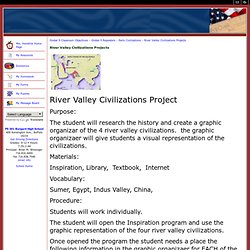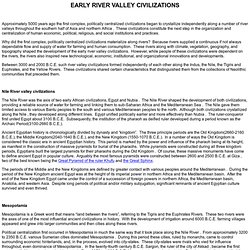

Norwegian iron helped build Iron-Age Europe. Arne Espelund, a professor emeritus and a mining engineer at the Norwegian University of Science and Technology (NTNU), isn't sure exactly when his interest in iron began, but the first time he tried making iron was as a student teacher with an eighth grade in 1977.

It didn't work. Making iron is not that easy, and something had gone awry for the eighth graders out on the moor near Trondheim. But they had a great experience and asked lots of questions. It took a few years, but Espelund finally succeeded with another class at Skogn middle school in Levanger municipality. "The students were thrilled," says Espelund, who has long tried to bring this part of Norway's history to life. Espelund and his students adopted the iron-making method that Ole Evenstad had described in 1782. Iron production started about 3500 years ago in Asia Minor. Interdisciplinary approach Even though Espelund is trained as a mining engineer, he works across multiple disciplines. Finding slag heaps. What Caused the Mysterious Bronze Age Collapse? The decline of the Late Bronze Age civilizations of the Mediterranean and Near East has puzzled historians and archaeologists for centuries.

While many have ascribed the collapse of several civilizations to the enigmatic Sea Peoples, Professor Eric H. Cline, former Chair of the Department of Classical and Near Eastern Languages and Civilizations at George Washington University, presents a more complicated and nuanced scenario in his new book, 1177 BC: The Year Civilization Collapsed. Professor Eric H. Cline speaks to Ancient History Encyclopedia’s James Blake Wiener about his new title and the circumstances that lead to the collapse of the cosmopolitan world of the Late Bronze Age in this interview. JW: Professor Cline, welcome to Ancient History Encyclopedia (AHE). EHC: Actually, the impetus to write a book on this topic came from Mr. Early civilisations from around the world: Mesopotamia, China, Indus River Valley, the Mesoamerican empires.
Map of Mesopotamia.

Map of Mesopotamia Iraq covers a large portion of land in what was known in ancient times as Mesopotamia. The word itself is Greek, meaning "between two rivers. " In this case, the two rivers are the Tigris and Euphrates. Source: www.taxson.net/maps/ancient.htm Mesopotamia The name Mesopotamia was given to the Middle Eastern civilisation that existed between the Euphrates and Tigris Rivers.
By the 7th century BC small farming settlements of people were established. Belief system Water was very important for the survival of these communities. Artifacts of Civilization.
Ancient Egypt. Egypt2. Harrappan Civilization. Huang He. Bruinhistorywebquests.wikispaces. River Valley Civilizations. Rivervalleydbq. River Valley Civilizations Projects. Global 9 Classroom Objectives » Global 9 Repeaters » Early Civilizations » River Valley Civilizations Projects River Valley Civilizations Projects River Valley Civilizations Project Purpose: The student will research the history and create a graphic organizar of the 4 river valley civilizations. the graphic organizaer will give students a visual representation of the civilizations.

Materials: Inspiration, Library, Textbook, Internet Vocabulary: Sumer, Egypt, Indus Valley, China, Procedure: Students will work individually. Artifacts from 3 civilizations the mesopotamian, indus and the chinese civilization. Civilization ("Harajuku Girls" by Gwen Stefani) The River Valley Civilizations. THE FIRST RIVER VALLEY CIVILIZATIONS. Approximately 5000 years ago the first complex, politically centralized civilizations began to crystallize independently along a number of river valleys throughout the southern half of Asia and northern .

These civilizations constitute the next step in the organization and centralization of human economic, political, religious, and social institutions and practices. Why did the first complex, politically centralized civilizations materialize along rivers? Because rivers supplied a continuous if not always dependable flow and supply of water for farming and human consumption. These rivers along with climate, vegetation, geography, and topography shaped the development of the early river valley civilizations.
However, while people of these civilizations were dependent on the rivers, the rivers also inspired new technological, economic, institutional, and organizational innovations and developments. The Four River-Valley Civilizations by Sara Snyder on Prezi. The River Valley Civilizations. River Valley Civilizations. River Valley Empires: 3200 BC- AD 400. FourCradlesofRiverValleyCivilizzation. Ancient River Civilizations< history< high school< ICSE CBSE< mentorials.com. Cultural hearths. Vocabulary Video for Cultural Hearths. Patterns of Cultural Diffusion. Early cultural hearths.